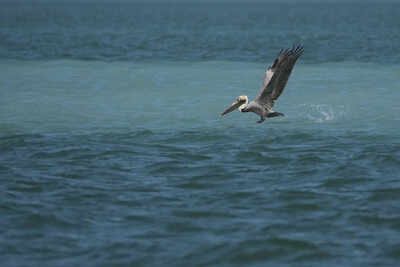Hubble Space Telescope Reveals New Insights into Uranus's Rotation Period

Thanks to the remarkable capabilities of the Hubble Space Telescope, scientists have made an intriguing discovery regarding the rotation period of Uranus. It has now been confirmed that a day on this distant gas giant lasts 28 seconds longer than previously thought. This new understanding could have significant implications for future missions aimed at exploring Uranus further.
The exploration of the solar system's gas giants, including Uranus, presents unique challenges. Unlike terrestrial planets such as Mars and Earth, measuring the rotation period of these massive planets is complicated due to their extreme atmospheric conditions, which are characterized by violent wind storms. These tumultuous conditions make direct measurements of their rotation difficult.
The initial measurement of Uranusâs rotation was made by the Voyager 2 spacecraft during its historic flyby on January 24, 1986. At that time, researchers determined that Uranusâs magnetic field is tilted by 59 degrees from celestial north, and its rotation axis is offset by a staggering 98 degrees. This peculiar orientation means that Uranus rotates on its side compared to Earth. As a result, its magnetic poles trace a large circular path as the planet spins.
By analyzing both the planetâs magnetic field and the radio emissions generated by auroras at its magnetic poles, scientists concluded that Uranus completed a full rotation in 17 hours, 14 minutes, and 24 seconds, albeit with a margin of error of plus or minus 36 seconds.
However, a recent study led by Laurent Lamy at the Paris Observatory has provided a much more precise measurement of Uranus's rotation period. The new findings indicate that a complete rotation takes 28 seconds longer than the earlier estimate. Remarkably, this new measurement is 1,000 times more accurate, reducing the margin of error to just a fraction of a second.
The researchers utilized ultraviolet images of Uranus's auroras captured by the Hubble Space Telescope between 2011 and 2022. By tracking the long-term evolution of the planet's magnetic poles as they move around the rotation axis, they were able to achieve this improved measurement. The previous margin of error made it challenging for scientists to pinpoint a specific position on Uranus beyond a few years' time. In contrast, the new measurement is expected to remain reliable for decades, which is crucial for planning future space missions. This precision will aid scientists in determining critical objectives, such as the optimal orbit for a probe and its entry point into the planetâs atmosphere.
Tim Bedding, an astronomer at the University of Sydney in Australia, has praised the innovative measurement technique used by Lamy and his team. He described it as âvery clever,â while also noting that the newly calculated duration of a day on Uranus is not drastically different from the previous estimate, given that it lies within the margin of error of the former calculation. âItâs not so much that itâs changed,â Bedding explains. âItâs now accurate enough to be more useful for future research and exploration.â
For those eager to stay updated on the latest advancements in space exploration, consider signing up for the Launchpad newsletter. This monthly newsletter takes readers on a voyage across the galaxy and beyond.
The new findings have been formally published in the journal Nature Astronomy, under the reference DOI: 10.1038/s41550-025-02492-z.




























